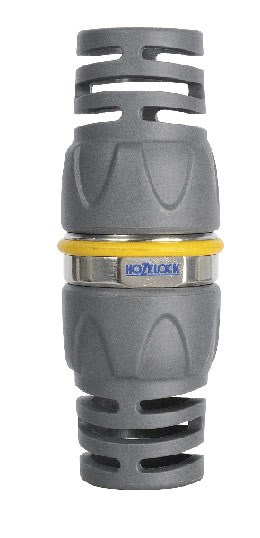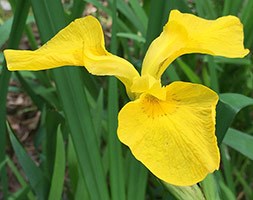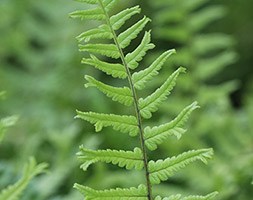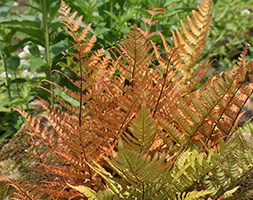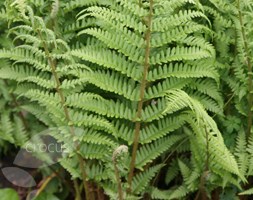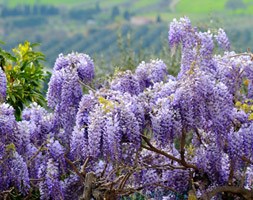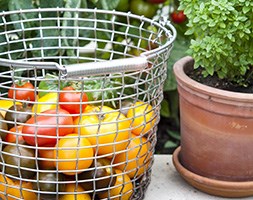Price reductions at Crocus
by Sarah - September 24th, 2015.Filed under: Crocus, Price Reductions.
Reduced price on items today at Crocus
Hozelock pro metal – hose repair connector was £5.99 now £4.99
For repairing damaged hose, or permanently connecting two lengths of hose, the Pro Metal Hose Repair Connector is made from Nickel Plated Brass which ensures a strong and durable connection. Scratch and frost resistant,
Gillenia trifoliata (bowmans root) was £7.99 now £6.99
Position: partial shade Soil: fertile, well-drained soil, neutral to slightly acidic soil Rate of growth: average Flowering period: June Hardiness: fully hardy A charming perennial that bears masses of delicate, star-shaped white flowers in midsummer. In autumn, the pretty, three-leafed foliage turns fiery red and the winter seedheads are a bonus too. Lovely towards the front of a shady, woodlan d border, where the flowers can be appreciated. Garden care: Divide congested plants in spring or autumn. Protect young shoots from slug attack.
Iris pseudacorus (yellow flag iris) was £19.99 now £7.99
Position: full sun or partial shade Depth of water: 5-25cm (2-10in) Soil: reliably moist or boggy soil Rate of growth: fast-growing Flowering period: July and August Flower colour: sulphur yellow Hardiness: fully hardy Sulphur yellow flowers, often with brown markings appear from midsummer amongst the upright grey-green leaves. This native, yellow flag iris was once commonly found on marshy land and riversides and is ideal for planting at the margins of a large lake or pool. It also flourishes in deep, reliably moist soil that has been enriched with well-rotted organic matter. >B>Please note 3-litre plants do not come in aquatic pots. For marginal pond planting these plants will need to be potted up into an aquatic basket with aquatic compost.
Blechnum penna-marina (alpine water fern) was £9.99 now £7.99
Position: partial or deep shade Soil: moist, humus-rich, acid soil Rate of growth: average Hardiness: fully hardy Spreading to form a carpet of slender fronds, which when they first emerge have a bronze-red flush, this shade-loving evergreen fern looks great on the woodland floor. Plant it where it can settle in undisturbed and then become colonised with other shade-lovers. Garden care: Incorporate lots of well-rotted leaf mould or garden compost into the planting hole. Keep well watered during the growing season.
Dryopteris erythrosora (buckler fern) was £9.99 now £7.99
Position: partial shade Soil: moist, humus-rich soil Rate of growth: slow-growing Hardiness: fully hardy This striking deciduous fern has triangular-shaped fronds, which are coppery-red when young and slowly mature to dark green. One of our recommended plants, it needs plenty of moisture and contrasts beautifully with evergreen ferns and other woodland plants. Garden care: Incorporate lots of well-rotted leaf mould, composted pine needles or garden compost into the planting hole. Cut back decayed fronds in winter to allow new growth to emerge.
Dryopteris filix-mas (male fern) was £8.99 now £7.99
Position: partial to full shade Soil: moist, humus-rich soil Rate of growth: average Hardiness: fully hardy A native, male fern found naturally in moist woodlands around the UK. This large, deciduous fern has feathery green fronds, which form a distinctive, shuttlecock shape and turn coppery in autumn. It makes a fine companion for shade-loving woodland plants, especially other ferns, and when its leaves die back, the space can be filled with early flowering spring bulbs such as snowdrops. Garden care: Incorporate lots of well-rotted leaf mould, composted pine needles or garden compost into the planting hole. Cut back decayed fronds in winter to allow new growth to emerge.
Wisteria sinensis (Chinese wisteria) was £24.99 now £14.99
Position: full sun or light, dappled shade Soil: fertile, moist, well-drained soil Rate of growth: fast-growing Flowering period: May to June Flower colour: bluish-lilac Other features: velvety, green seed-pods in hot summers; all parts of the plant are harmful if ingested Hardiness: fully hardy Pendant clusters of fragrant, pea-like, bluish-lilac flowers in May and June, often followed by velvety-green seed-pods. This vigorous Chinese wisteria looks fabulous trained over a sunny wall or strong pergola. Renowned for its superior fragrance and flower-colour, the twining stems need careful pruning. All the Wisterias we sell are grafted, so will start to flower at a younger age than those grown from cuttings. Garden care: To get lots of flowers, the twining stems need pruning twice a year – once in summer (about two months after the flowering has finished) and again in mid-winter. To train your Wisteria against a wall, the wall will first need a network of stout horizontal wires, attached at approximately 30cm intervals. After planting, prune the leading shoot of your Wisteria back to approximately 90cm above ground level and remove any side branches as this will encourage a strong new leader to form. In the summer of the first growing season, tie the leader in vertically and choose two new lateral shoots on either side of the leader. Tie these onto the wires at a 45 degree angle. Any smaller shoots coming from these lateral branches should be cut back to two or three buds. In the first winter, cut back the leader to a bud approximately 75cm above the highest lateral branch. Gently untie the lateral branches and prune them back by about a third, then re-tie them onto a wire so they are nearly horizontal. In subsequent summers (and until the plant has filled the allotted space), tie in the leader as it grows and choose two strong laterals to form the next tier. These should then be tied in at a 45 degree angle and as in the previous year, any smaller shoots coming from these should be cut back to two or three buds. In subsequent winters cut back the leading shoot as before and cut back and re-tie the new laterals to a near-horizontal position. The older laterals can be cut back by about a third of their total length. Once the plant has become established and reached the desired height, keep tying in the lateral stems as they spread out. In summer, cut back the wispy stems on both the laterals and sub-laterals (the
Wire basket was £89.99 now £79.99
A classical and functional garden bucket that has a history that goes back to the early 1920’s Sweden. A timeless, beautiful tool for farmers, fishermen or anyone who needed reliable carrying and storage that could withstand weather, wind, wear and tear. The manufacturing is solely made by hand, and the metal bucket is carefully hand crafted without any welding points. Made of galvanised steel. Dimensions: Height 28 cm, Top Diameter 38cm







